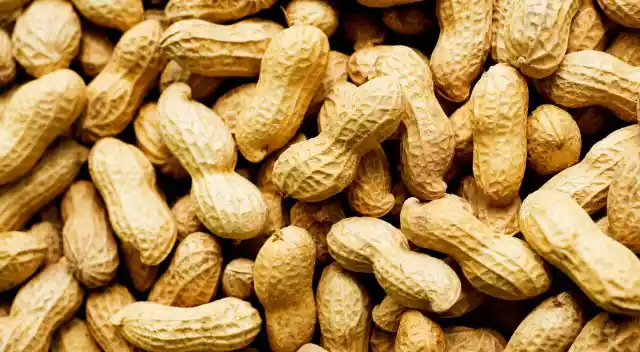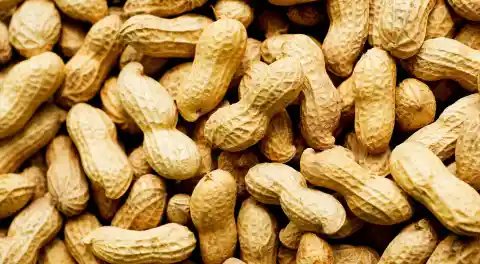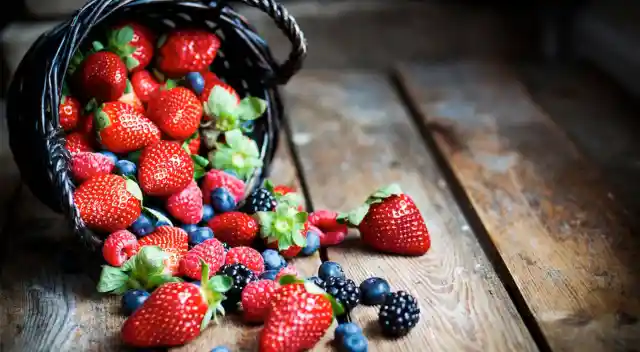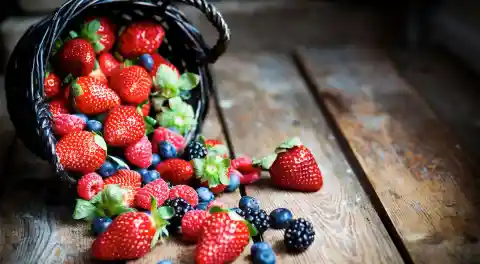The world of cuisine is vast and confusing, and quite often you’ll find some misleading foods. Any name can have a number of justifications for its origin, and this is true of food as well. Often, we look towards the names of foods to get an idea of what we are going to be eating. However, we cannot always trust the names of foods to provide what we expect. Here are five examples of food misnomers that prove that you should always dig deeper before you dig in.
Number Five: Sweetbreads. Sounds good, right? When imagining sweetbreads, you may think of a nice, sweet snack from your local bakery. Maybe a pannetone roll topped with pearl sugar, right? Wrong. Someone expecting this when ordering “sweetbreads” would be in for a terribly shocking surprise. Despite the name, sweetbreads are usually the pancreas of a lamb of other source of meat poached in milk before being fried or grilled. Quite the transition from what one might expect.


Number Four: Rocky Mountain Oysters. The Rocky Mountain oyster is beloved in dishes all around the world. However, it is not all that it appears to be. Don’t bother picking up a dozen of these oysters for your romantic night in, they’re sure to get you right out of that mood. Despite what the name may imply, Rocky Mountain oysters are not shellfish at all. Rather, they are a bull’s testicle that are usually breaded and fried here in the U.S. It’s going to be fun when they reach a fast food chain.


Number Three: Peanuts. Peanuts are the cheapest and most abundant nut here in the United States, with uses ranging from peanut butter, to sauces, to the classic boiled peanut. However, these “nuts” have been hiding their biggest secret from the public since they got their name: they aren’t nuts. As hard as it may be to come to terms with, peanuts are closer to beans and peas because they grow underground, as opposed to nuts that grow on trees. Like beans and peas, they are categorized as legumes.


Number Two: “Berries.” When asked to picture berries, one might instantly imagine a medley of strawberries, raspberries, and blackberries. However, this would be wrong. In fact, none of those desirable fruits are berries. To be considered a berry, a fruit must come from a flower with only one ovary; for example, grapes or even bananas. The aforementioned berries, however, are categorized as aggregate fruits. This is because they develop from a flower with many ovaries, in which the ovaries later develop into the “berries” we adore.


Number One: Brazil Nuts. Everything the name implies is false. Although delicious and very healthy, Brazil nuts are not nuts, and are not (usually) from Brazil. Brazil nuts are classified as a seed because, although they grow on a tree, they develop in a capsule that splits apart. Nuts do not split; both the fruit and the seed grow as one. Although Brazil nuts can be found in Brazil, they are called chestnuts (castanhas) there. They were discovered in Venezuela, and are most commonly exported from Bolivia. There are many theories about how the Brazil nut got its name, but the truth is still up in the air.

